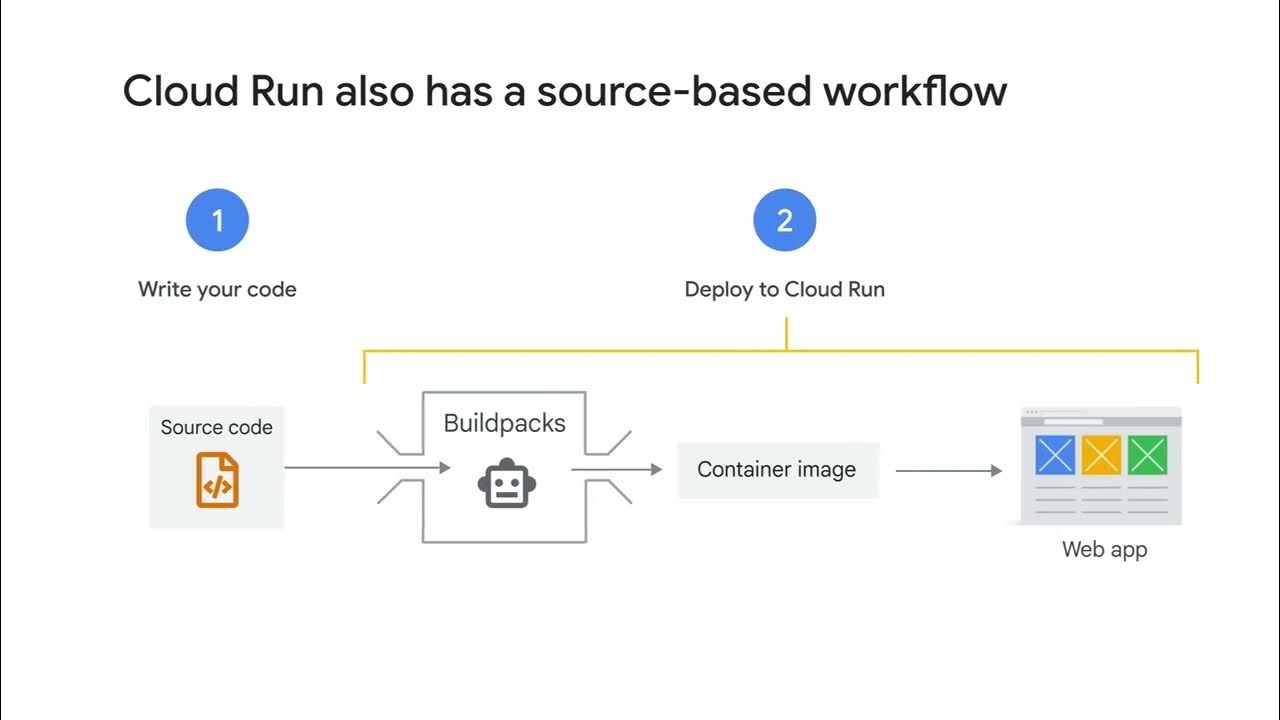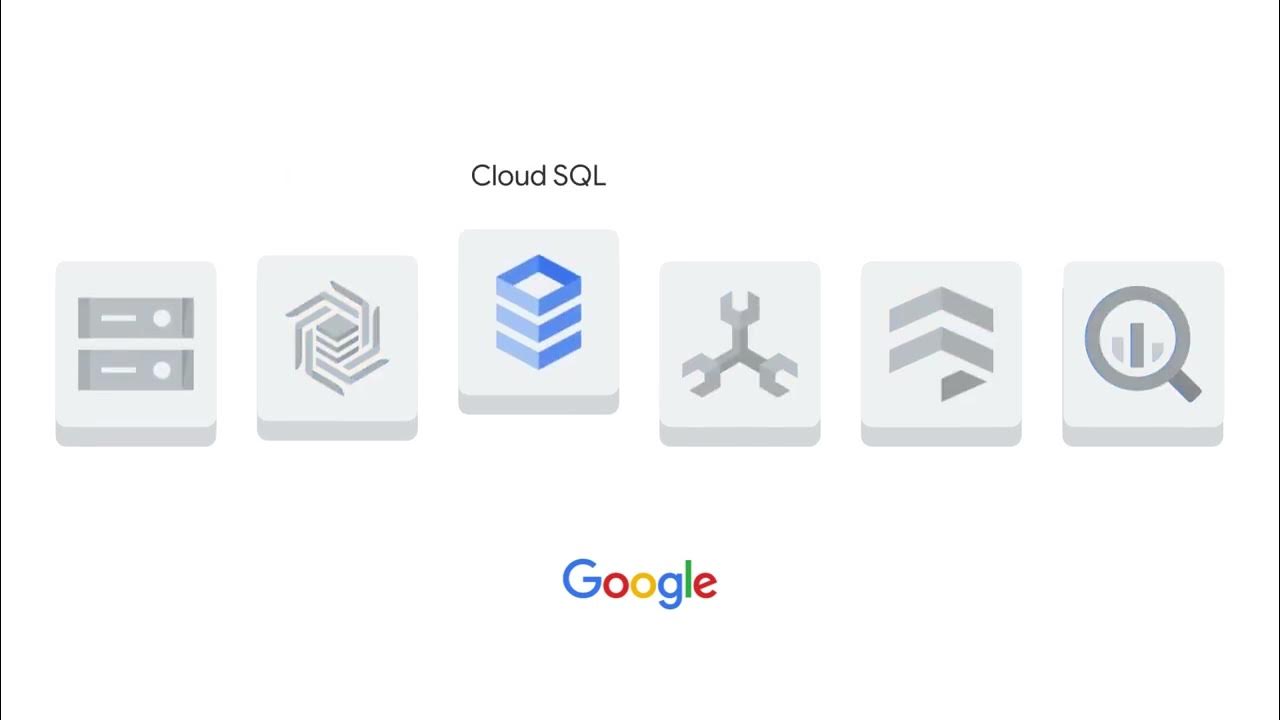Using serverless functions for real-time observability - Liz Fong-Jones - CPH DevFest 2024
Summary
TLDRThis video focuses on optimizing serverless workloads and enhancing compute efficiency using ARM-based processors. It covers practical strategies for developers, including using object storage for data, optimizing batch sizes, and ensuring independent data processing. The speaker emphasizes the importance of sustainability, cost management, and developer happiness in cloud computing. Additionally, the talk discusses performance tuning, such as handling cold starts and profiling workloads. By leveraging ARM architecture and proper cloud coordination, businesses can save costs, reduce carbon emissions, and improve efficiency in data processing, all while maintaining high user satisfaction.
Takeaways
- 😀 Prioritize developer happiness and productivity over cutting costs in the cloud to avoid wasting valuable time and resources.
- 🌍 Switching to ARM processors for serverless workloads can significantly reduce both costs and environmental impact by consuming less power and emitting less CO2.
- ⚡ Efficient data storage is key—move data to object storage (e.g., S3) to ensure it’s accessible by workers, no matter where they’re running.
- 🚀 Use batch processing instead of invoking a Lambda function per file to optimize costs and performance by reducing the number of invocations.
- 🔧 Ensure a clean separation of mapping and reducing processes for parallel execution and to avoid interdependencies that would slow down the system.
- 💡 Make sure your reducer function is efficient enough to handle the aggregation of results from numerous invocations, optimizing for scalability.
- ⏱️ Serverless architectures are not ideal for latency-sensitive workloads; for large reports or queries, consider other compute options.
- 📈 Profiling workloads and testing configurations (like ARM vs x86) is crucial to ensure that you’re optimizing for performance and cost savings.
- 🛠️ Tuning is essential—optimize the CPU/ram ratio, batch sizes, and manage cold starts to prevent unnecessary costs and inefficiencies.
- 📊 Setting up cost and performance monitoring tools like alerts is important to keep track of any unexpected cloud cost increases or slowdowns.
- 🌱 By adopting ARM processors and serverless computing where appropriate, companies can reduce costs and contribute to sustainability efforts without sacrificing performance.
Q & A
What is the main focus of the speaker's presentation?
-The main focus is on optimizing cloud computing costs and performance, specifically when using serverless technologies like AWS Lambda and Arm64 processors. The speaker emphasizes improving developer efficiency and reducing cloud bills through thoughtful infrastructure choices.
Why does the speaker argue that developer time is more valuable than cost savings?
-The speaker believes that developer time is often the limiting factor in a project, and saving money at the expense of developer efficiency can have a greater negative impact on productivity. Using more expensive but more efficient resources can be worthwhile if it accelerates development and reduces delays.
How does using Arm processors impact both cost and sustainability?
-Arm processors offer cost savings due to their lower power consumption and cost per unit of compute. From a sustainability perspective, they also help reduce carbon emissions in data centers by being more energy-efficient than other processors, such as x86 chips.
What is the speaker's advice on structuring serverless workloads?
-The speaker advises structuring serverless workloads to ensure that tasks are independent of one another, use object storage for data access, and balance batch sizes to minimize cold start delays and optimize execution time.
What are some challenges when working with serverless technologies, according to the speaker?
-Challenges include managing the startup time for Lambda functions, ensuring efficient data access, avoiding inter-process dependencies, and dealing with potential performance inconsistencies due to the use of older hardware in cloud infrastructure.
Why is it important to move data to object storage for serverless functions?
-Moving data to object storage ensures that any worker running in a cloud environment can access the data without being blocked by individual machines or network latency, allowing for better scalability and efficiency in serverless processing.
What should be considered when choosing whether to use serverless computing for a workload?
-Workloads that are latency-sensitive or require large-scale data processing (e.g., running large reports or bulk analytics) may not be suitable for serverless computing. It's important to match the workload’s characteristics to the appropriate infrastructure.
How does the AWS Lambda pricing model impact performance?
-The AWS Lambda pricing model charges based on CPU time, which means developers must optimize resource usage to avoid excessive costs. However, Lambda often uses older hardware for executions, which can result in slower performance compared to newer infrastructure.
What practical tips does the speaker offer for optimizing serverless workloads?
-Practical tips include profiling workloads, optimizing batch sizes, ensuring that tasks are independent, tuning CPU and RAM configurations, and using efficient data processing strategies to minimize cold starts and excessive invocations.
What are the potential environmental benefits of using Arm processors for cloud computing?
-Arm processors consume less power compared to other processors, leading to reduced energy use in data centers. This, in turn, lowers the carbon footprint of computing, making it a more eco-friendly option.
What is the key takeaway about balancing cost, performance, and developer satisfaction?
-The key takeaway is that developers’ happiness and efficiency should be prioritized alongside cost considerations. Optimizing cloud infrastructure should strike a balance between reducing costs and ensuring that developers are not hindered by inefficient systems.
Outlines

このセクションは有料ユーザー限定です。 アクセスするには、アップグレードをお願いします。
今すぐアップグレードMindmap

このセクションは有料ユーザー限定です。 アクセスするには、アップグレードをお願いします。
今すぐアップグレードKeywords

このセクションは有料ユーザー限定です。 アクセスするには、アップグレードをお願いします。
今すぐアップグレードHighlights

このセクションは有料ユーザー限定です。 アクセスするには、アップグレードをお願いします。
今すぐアップグレードTranscripts

このセクションは有料ユーザー限定です。 アクセスするには、アップグレードをお願いします。
今すぐアップグレード5.0 / 5 (0 votes)






